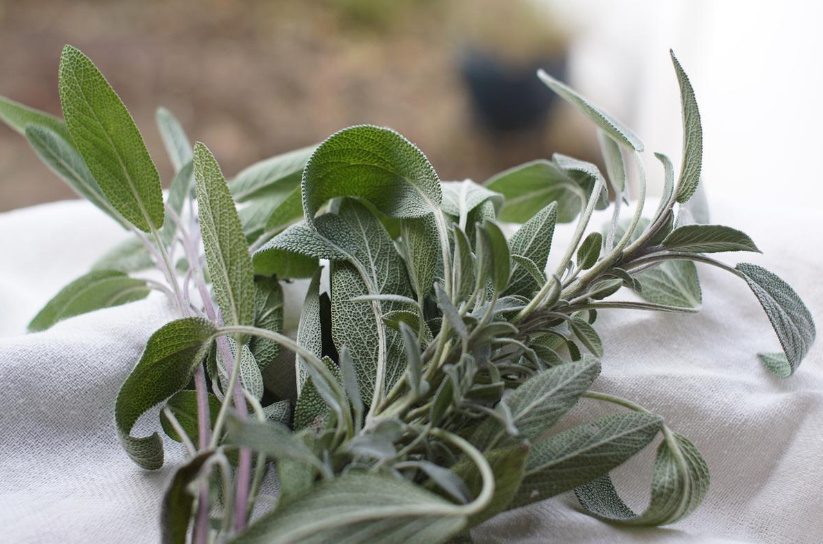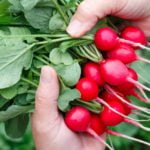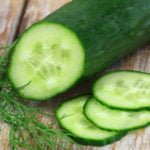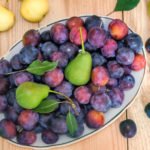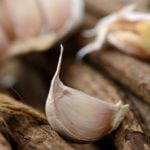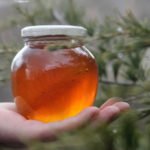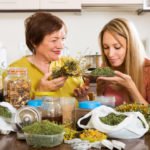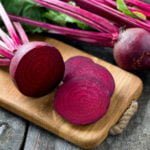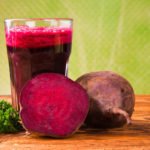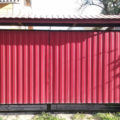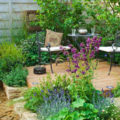Salvia officinalis is a medicinal plant known since ancient Egypt. Its homeland is the Mediterranean, but it is a relatively cold—resistant crop, and many summer residents of the middle zone successfully grow sage on their plots.
Salvia officinalis should be distinguished from Salvia sclarea, another equally ancient and popular plant. Their healing properties and methods of application in folk medicine are different, so when harvesting raw materials, it is important to know exactly what kind of sage you have growing.
Useful properties of Salvia officinalis
Salvia officinalis contains tannins, flavonoids, organic acids, alkaloids, phytoncides, essential oil. Leaves are used as medicinal raw materials, on the basis of which infusions, decoctions (on water or milk), tinctures (on alcohol, wine or vinegar) are prepared. Sage flowers in the old days were used to prepare tinctures, which folk medicine recommended to the elderly; it was believed that this remedy stimulates the nervous system and helps prolong life.
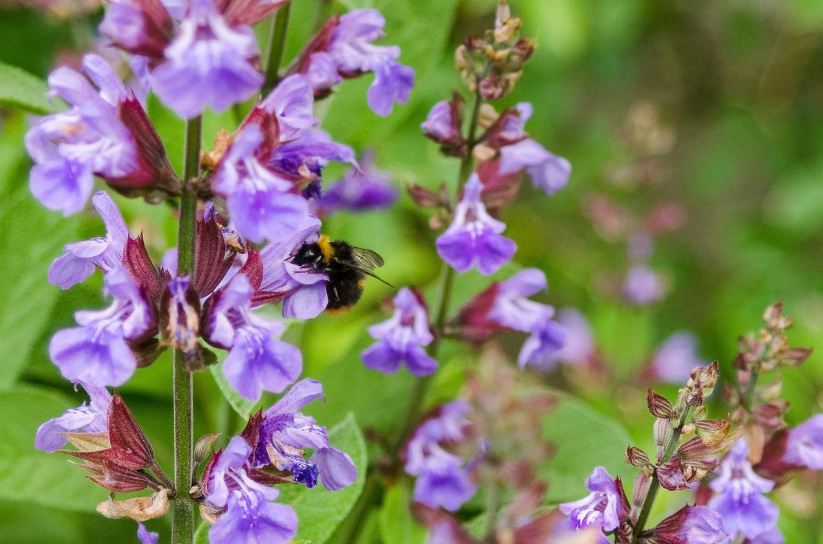
Sage preparations have astringent, anti-inflammatory, antiseptic, antimicrobial, antiviral, antispasmodic effects and are used in diseases of the gastrointestinal tract, respiratory organs, female diseases.
An aqueous infusion of sage leaves is used for gastric and intestinal colic, gastritis and ulcers of the stomach and duodenum with reduced secretion of gastric juice, colitis and enterocolitis, enteritis.
In gynecological practice, infusions and decoctions of sage are used both internally and externally (for douching and sedentary baths), the leaves are included in herbal preparations used to treat menopausal disorders, female infertility, urogenital infections, whites, and premenstrual syndrome. In addition, sage leaf tea helps women weaning babies to stop lactation.
For colds, coughs, bronchitis, sage is used as a mild and expectorant agent in the form of infusion, decoction (on water or milk), wine, as well as as part of anti-cold and breast collections. As an anti-inflammatory and astringent for inflammatory diseases of the mouth and throat, rinsing with an infusion or an alcoholic tincture of sage is used; for toothache, rinsing with a strong decoction of leaves will bring relief (it also strengthens the gums).
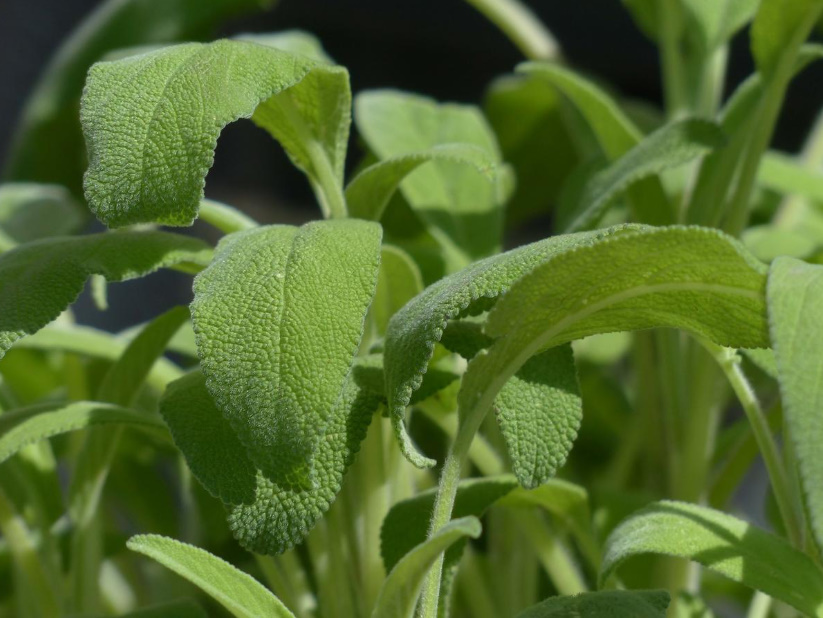
Alcohol tincture of sage is externally used in the treatment of skin diseases and to relieve pain in arthritis, rheumatism, and other joint diseases. Inside it is recommended for atherosclerosis, women’s diseases and in old age — as a tonic.
A bath with decoction or with the addition of alcoholic tincture of sage leaves has a calming effect and is useful for insomnia, stress, menopausal disorders, as well as for relieving pain in the joints and spine and colds.
Preparation of medicinal raw materials can be carried out several times during the season — during budding and after flowering, in September. The collected leaves are dried at a temperature of + 50…+60 degrees in dryers; you can also dry them in the shade under a canopy outdoors. Dried raw materials are stored for up to 1.5 years.
Contraindications to the use of Salvia officinalis
When ingesting sage preparations, it is necessary to strictly observe the recommended dosage. If the treatment is prolonged, you should take a break for 10 days every month or change the herbal medicine.
Treatment with sage is contraindicated during pregnancy and lactation, uterine fibroids, endometriosis, nephritis and pyelonephritis. It is recommended to refrain from using sage for hypotension and decreased thyroid function. And do not forget that any medicinal plant can cause undesirable side effects with individual intolerance or the presence of concomitant diseases, so it is advisable to always consult with your doctor before using herbal remedies.
